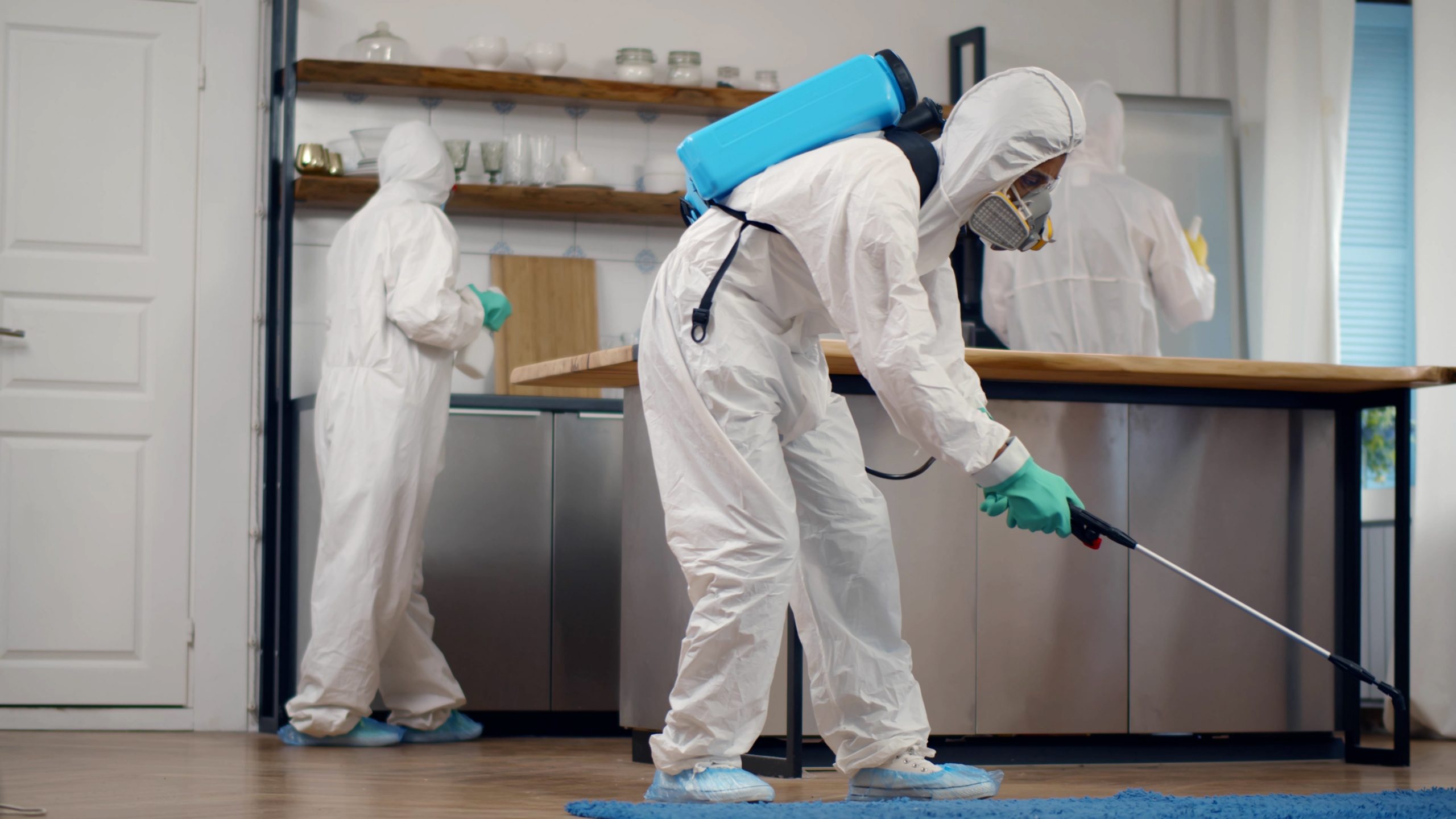Quality A1 Pest Control Services Charlotte - Safeguard Your Home
Quality A1 Pest Control Services Charlotte - Safeguard Your Home
Blog Article
Bed Pest Therapy Break Down: Comparing Chemical Vs. Non-Chemical Solutions
In the realm of bug control, especially when handling the relentless problem of bed pests, the selection in between chemical and non-chemical treatment options can be a critical one. Both techniques provide distinctive benefits and drawbacks, influencing factors such as efficiency, safety and security factors to consider, and general expense. By examining the nuanced information of each method, a more clear understanding of which path to pursue in addressing a bed pest infestation can be acquired.
Effectiveness of Chemical Treatments
Chemical treatments for bed pest infestations have been widely recognized for their powerful and rapid effectiveness in getting rid of these parasites. When considering the effectiveness of chemical treatments, it is crucial to comprehend that they can offer a detailed and quick remedy to a bed insect trouble.
In addition, chemical treatments have the benefit of providing recurring impacts, implying that they can continue to remove bed pests also after the first application. This residual action is specifically advantageous in combating any kind of possible re-infestations. Furthermore, the fast action of chemical treatments can bring alleviation to individuals encountering extreme bed bug problems, permitting them to regain control of their home rapidly.
Security Problems With Chemical Solutions
One crucial facet that requires cautious consideration when using chemical solutions for bed pest therapy is making sure the safety and security of owners and the environment. While chemical treatments can be effective in eradicating bed bugs, they may posture risks if not dealt with properly. One of the main security interest in chemical remedies is the potential damage they can create to human health and wellness. Direct exposure to specific chemicals made use of in bed insect therapies can lead to respiratory system issues, skin inflammation, or other negative reactions, specifically in individuals with pre-existing conditions or level of sensitivities. Furthermore, improper application or dose of chemical pesticides can result in harmful deposits remaining in the treated location, posturing long-lasting health dangers to residents.
Furthermore, the environmental impact of chemical remedies is one more considerable consideration. Some chemicals utilized in bed bug treatments may be harmful to advantageous pests, wild animals, and ecosystems if they seep right into the dirt or water supply. It is necessary to make use of chemical treatments sensibly, adhering to security standards, and considering much less poisonous choices to mitigate these dangers and guarantee the efficient and risk-free administration of bed pest problems.
Advantages of Non-Chemical Strategies
Taking into consideration the possible security concerns and ecological impact linked with chemical solutions for bed pest treatment, checking out non-chemical techniques provides an appealing choice with a number of distinct benefits. Non-chemical therapies are environmentally friendly, as they do not add to air or water air pollution, making them a lasting choice for bug control.
Furthermore, non-chemical remedies can be efficient in targeting bed bugs, consisting of hard-to-reach locations my latest blog post where chemical therapies may not permeate - A1 exterminator charlotte nc. Techniques such as warm treatment, vacuuming, steam cleansing, and mattress coverings supply extensive obliteration without the use of hazardous chemicals.
Limitations of Non-Chemical Treatments

Furthermore, non-chemical therapies typically call for multiple applications to attain successful elimination. This can be time-consuming and may not constantly guarantee complete removal more information of all bed bugs and their eggs, specifically in surprise or hard-to-reach places.
Moreover, the success of non-chemical treatments heavily relies on proper application and thoroughness, which can be challenging for people without specialist expertise. Insufficient application of non-chemical approaches might result in incomplete obliteration, bring about persistent invasions and the demand for additional treatments.
For that reason, while non-chemical treatments have their advantages, it is essential to acknowledge these limitations and consider them when figuring out one of the most effective strategy for taking care of bed bug problems.
Cost Contrast: Chemical Vs. Non-Chemical Options
Provided the limitations associated with non-chemical therapies, a vital aspect to assess in the context of bed insect management is the price comparison in between chemical and non-chemical choices. Chemical treatments commonly entail the application of insecticides by professionals, which can vary from $250 to $900 per room, depending on the extent of the infestation and the size of the area to be dealt with. In contrast, non-chemical treatments like heat therapy or heavy steam can be much more expensive, with expenses varying from $1,000 to $6,000 for an entire home. While the initial expense of chemical therapies might seem lower, several treatments may be needed to totally bed bug exterminator eradicate the problem, possibly enhancing the total cost. On the other hand, non-chemical choices might offer an extra lasting and environment-friendly solution, although they can be cost-prohibitive for some individuals. Inevitably, when taking into consideration the price of bed insect treatment options, it is necessary to consider the in advance costs against the performance and long-lasting sustainability of the selected method.
Final Thought

Considering the prospective safety and security worries and ecological impact linked with chemical options for bed insect therapy, checking out non-chemical approaches provides an encouraging choice with several distinct benefits.Provided the restrictions associated with non-chemical treatments, a necessary facet to assess in the context of bed pest monitoring is the expense comparison in between chemical and non-chemical choices. In comparison, non-chemical therapies like heat therapy or heavy steam can be more costly, with prices varying from $1,000 to $6,000 for a whole home. While the preliminary price of chemical treatments might seem reduced, numerous therapies might be called for to completely remove the invasion, potentially enhancing the total expense.In final thought, when contrasting chemical and non-chemical bed bug therapy alternatives, it is vital to think about performance, safety, advantages, restrictions, and price.
Report this page